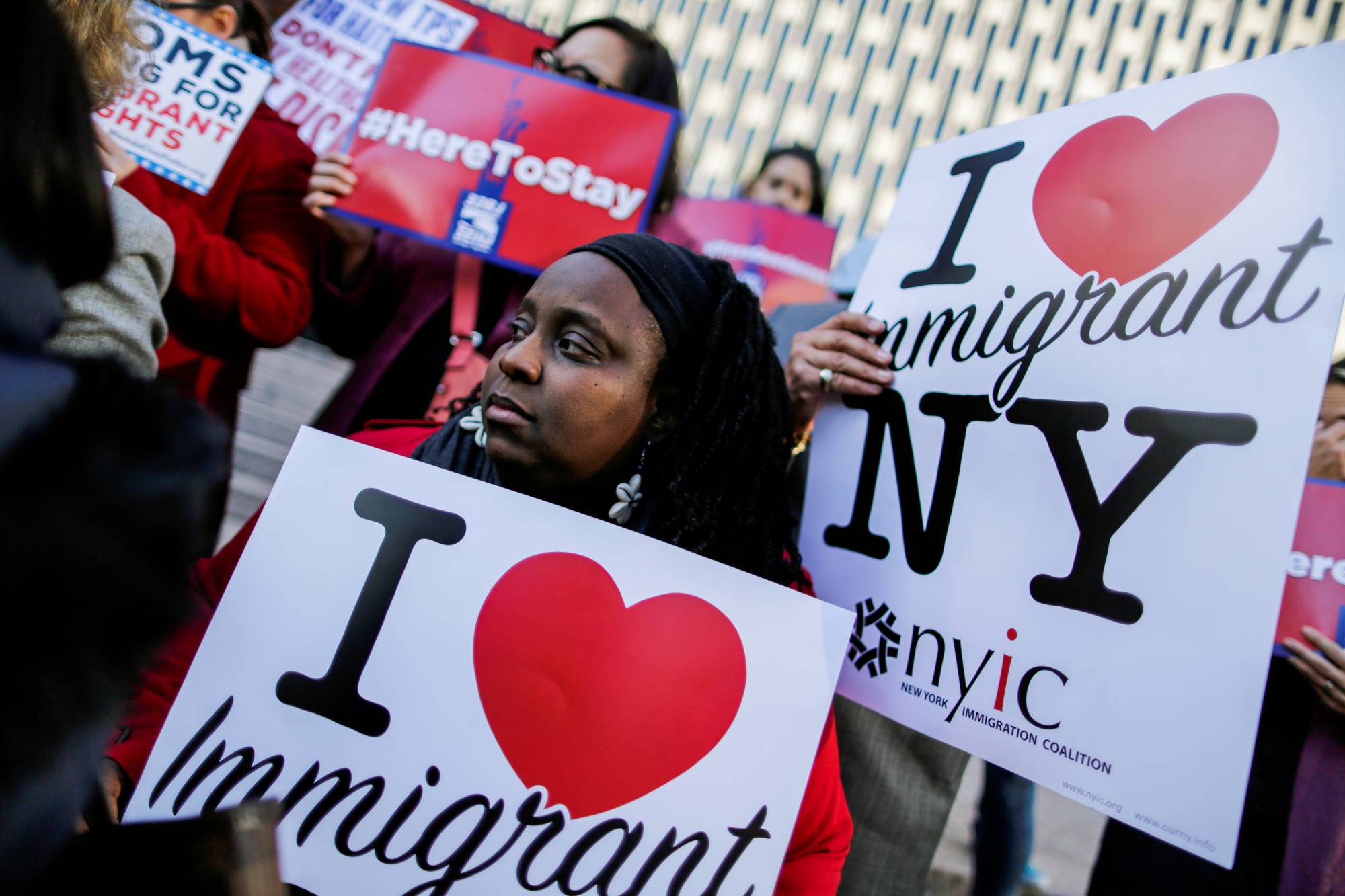After Donald Trump’s 2016 U.S. presidential election victory, Yasushi Akashi, a former under-secretary-general of the United Nations, invited me to lunch in Tokyo, at a club near the Akasaka district. “In a decade or two, U.S. demography will change so that it will be impossible to neglect the voice of the country’s nonwhite people,” Akashi said to me. “This election may be the last chance for white people to resist this change in the tide.”
Incidentally, the club where we met was owned by a zaibatsu (business conglomerate) family that, at least at the time, did not admit women as members. But while gender barriers exist in both Japan and the United States, America must also contend with long-standing and systemic racial inequality, as well as a related and increasingly polarized immigration debate.
The U.S., of course, is a country of immigrants; even the first native Americans are believed to have arrived from Asia across what is now the Bering Strait. In 2019, 28.4 million of the 166.3 million people in the U.S. civil labor force, or 17%, were foreign-born. Those immigrants help to counter the labor shortage resulting from America’s relatively low birth rate, as well as a lack of highly skilled U.S. workers. They also stimulate the labor market by adding diversity to America’s human capital.


















With your current subscription plan you can comment on stories. However, before writing your first comment, please create a display name in the Profile section of your subscriber account page.